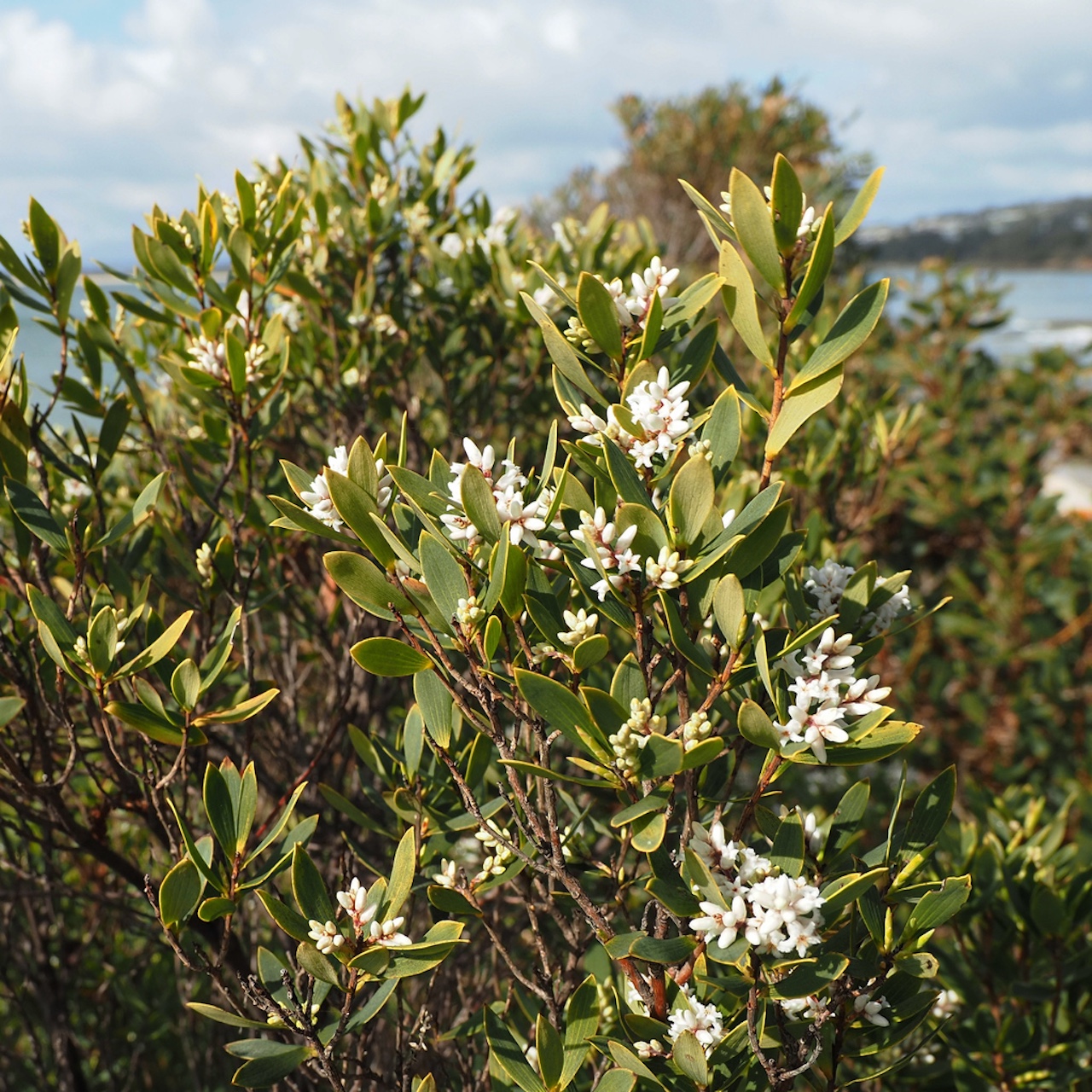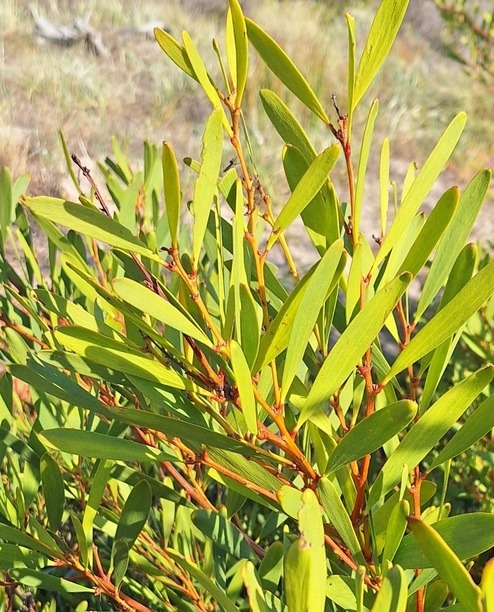9 April 2025
We’re removing the level crossings at McDonald Street in Mordialloc and Station Street in Aspendale by building new rail bridges. We’re also removing and closing the Bear Street level crossing in Mordialloc and building a new Mordialloc Station in 2026.
Both the station precinct and Aspendale areas will include a diverse range of trees, plants and shrubs. We have prioritised, native, low maintenance, tolerant species that will thrive in the local area.
Throughout Station Street and Groves Reserve, landscaping will feature exclusively native species.
As part of the project, we'll build new green spaces for the community to enjoy in the Mordialloc Station precinct. This will feature seating, landscaped garden beds, a sunken garden feature under the rail bridge and a pedestrian and bicycle path connection to Main Street and nearby businesses.
Within landscaped areas, we’ll also include nest boxes and habitat poles for native wildlife, seating, repurposed logs and native bee hotels.
Landscaping will occur in 2026 when major works are complete.
Using native plants celebrates local biodiversity and will ensure new plants are best placed to thrive in the surrounding climate and soil conditions.
Throughout Mordialloc and Aspendale, we’ll plant:
- More than 1000 trees
- Over 85,000 plants, shrubs and grasses
- More than 20 different species of native trees
- Over 100 species of native and non-native plants and ground cover
Prioritising native vegetation
In Aspendale and Groves Reserve, we’ll plant only native species, including over 1,000 trees. Trees will include coast banksias, wattles, manna gums and many more to support local biodiversity.
Native species are well-suited to local conditions and provide habitats and food sources for local wildlife. They help improve soil health, reduce erosion, and enhance biodiversity by supporting pollinators and other species. Choosing a diverse range of native and indigenous species contributes to creating a sustainable, resilient ecosystem.
We're committed to the successful establishment of the new landscaping. It takes several seasons for new plants to establish, so we'll work with the responsible rail and local government authorities to monitor and maintain new vegetation for two years after project completion.

Drooping sheoak. Grows up to 10 metres tall. They thrive in dry, sandy soils and play a vital role in stabilising soil.

Coast beard-heath. Flowering shrubs that grow bird-attracting fruit.

Coast wattle . Grows well in sandy soil, reaching up to three metres tall, with yellow flowers.

Spiny-headed mat-rush. A large, hardy grass suitable for gardens and woodland.
How community feedback shaped the landscaping design
We heard that you preferred to see mostly native and indigenous plants and these have been favoured, with examples including veined spear-grass and flax lilies.
Suitable hardy exotic plants such as French lavender are included in the station precinct where appropriate for visual appeal and ease of maintenance.